In this first entry of the Gaia blog, we catch up with the spacecraft before it departs Europe to Europe’s Spaceport in French Guiana.
The Gaia Flight Model (FM) spacecraft has now completed all the necessary test campaigns and is ready for shipment to the launch site.
Acoustic Test
Gaia was placed in the acoustic test chamber at the premises of Intespace in Toulouse, France, and subjected to a simulation of the acoustic environment it will experience during launch. The extreme acoustic levels during launch are due mainly to the noise of the launcher’s engines, with a smaller contribution from the airflow over the fairing during the climb through Earth’s atmosphere at supersonic speeds.
Vibration Test
The integrated Gaia FM spacecraft was subjected to verification level swept-sine vibrations along all three axes on the shakers at Intespace. The Payload Module (PLM) and Service Module (SVM) that make up the complete spacecraft have previously undergone swept-sine vibration testing at qualification levels – either as Structural Models or ProtoFlight Models – to verify their mechanical design. These latest tests, at a lower level, verified the workmanship and construction of the FM.
Propulsion System Leak Test
The propellants used for Gaia’s propulsion systems are both highly toxic and corrosive, so it is important both for the correct operation of the mission and for the safety of the ground processing personnel during fuelling and subsequent ground operations that there are no leaks in the systems. To verify this, the Gaia FM spacecraft was enclosed in a plastic envelope and the propulsion systems were pressurised with helium. A mass spectrometer was used to detect changes in the concentration of helium inside the envelope once pressurisation had occurred. Any rise above the baseline level of helium present in the atmosphere would have indicated a leak. No leaks were detected, but, to be certain, this test will be repeated at lower sensitivity once Gaia has arrived at the launch site, to ensure that no damage has occurred in transit.
Final Tests
Following the leak test, the Gaia FM spacecraft was returned to Astrium Toulouse, where the final tests were performed. With the spacecraft back in a Class 100,000 cleanroom, the thermal tent was removed for checks following the environmental testing.
During transport and launch, the PLM optical bench is supported by carbon-fibre reinforced polymer (CFRP) struts that supplement the glass-fibre reinforced polymer bipods; the latter provide the thermal insulation required when Gaia is operational. However, they are not strong enough to withstand the loads exerted on the PLM during launch, so the CFRP struts supplement them, but must be removed before operations commence. The Bipod Release Mechanism, which accomplishes this, was tested. In addition, final alignment checks were performed after the environmental testing and final electrical testing, verifying the functionality of all subsystems prior to shipment for launch, was conducted.
Subsequently, a series of electrical tests was performed to demonstrate the capability of the spacecraft to survive the Soyuz launch environment.
This post is based on a journal entry on ESA’s Science and Technology website.

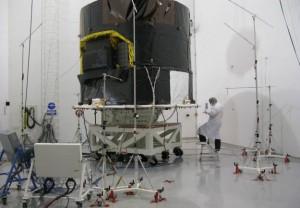
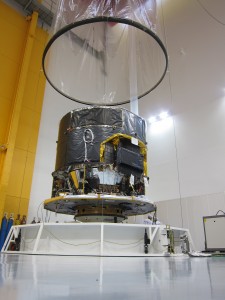
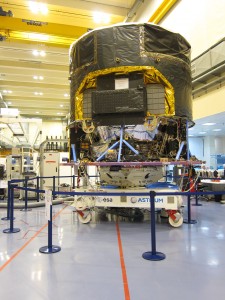
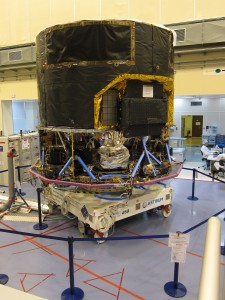
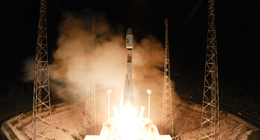
Discussion: one comment
Great blog, I’ll share with my fellow outer space enthusiasts! 🙂